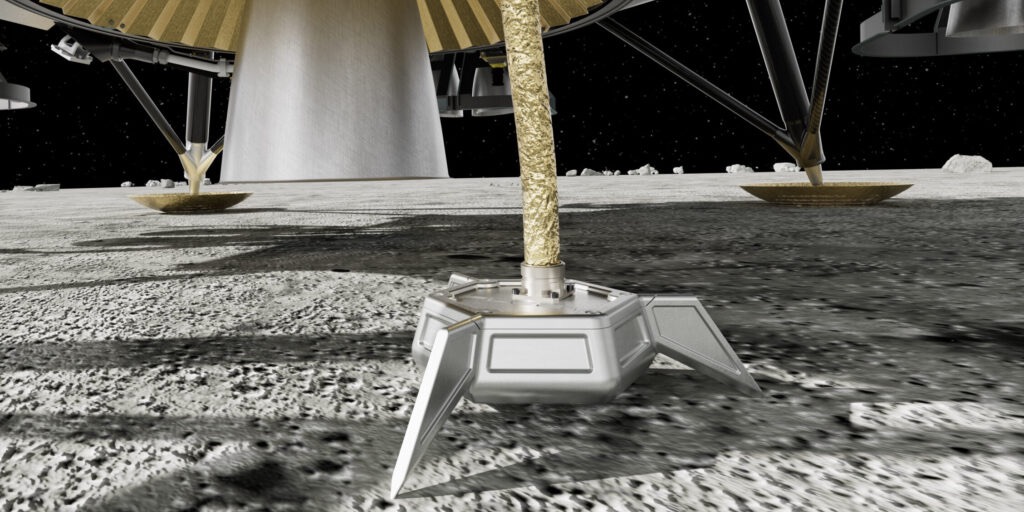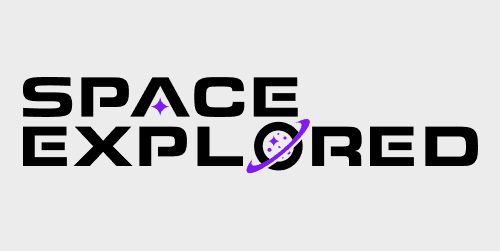
Satellite-based mineral exploration company Fleet Space Technologies, located in Adelaide, South Australia, recently secured $100 million in Series D funding. The funding round was led by Teachers’ Venture Growth, a division of the Ontario Teachers’ Pension Plan.
This funding boosts 9-year-old company’s total venture backing to over $165 million and doubles its valuation to $525 million compared to its Series C round in 2023.
Revolutionizing mineral exploration
Fleet Space focuses on leveraging advanced technology to streamline mineral exploration processes. Its ExoSphere system, which uses ambient noise tomography, can create 3D subsurface models faster than traditional methods.
The system’s current ground sensors, weighing nine kilograms, are lighter than most alternatives, but the company is actively working to reduce this weight while enhancing sensitivity. These efforts are driven by customer needs for lightweight, portable solutions for challenging terrains like dense forests and mountainous regions.
Fleet has already partnered with over 50 exploration companies across five continents, including Rio Tinto, Barrick, Gold Fields, and Core Lithium. These partnerships highlight a growing demand for the company’s solutions in mineral mapping and prospecting.
Ambitions beyond Earth
Not content with revolutionizing mineral expiration on Earth, Fleet Space is aiming to extend its technology to the extraterrestrial environments of the Moon and beyond. A key development in this endeavor is a miniaturized version of its sensor, named SPIDER (Seismic Payload for Interplanetary Discovery, Exploration, and Research). Weighing just 600 grams, SPIDER is designed to study the Moon’s subsurface using seismic wave data.
In collaboration with Firefly Aerospace, SPIDER is expected to be part of a Blue Ghost lunar lander mission to the Moon’s far side, currently scheduled for 2026. The mission seeks to characterize the lunar subsurface and explore the possibility of water ice deposits buried beneath the surface, particularly in the lunar South Pole region.
Fleet is also developing a mobile version of its sensor that astronauts can use while wearing gloves, optimizing data acquisition during short lunar expeditions. This capability could be used for mapping structures, identifying resource-rich areas, and efficiently building infrastructure for future lunar missions.
Future vision and expanding horizons
Fleet Space continues to expand its impact on mineral exploration and space technology. With ongoing advancements in miniaturized, lightweight equipment and a growing network of industry partnerships, the company is positioned to contribute significantly to resource discovery on Earth and in extraterrestrial environments.
Looking ahead, Fleet Space envisions its technology playing a pivotal role in identifying ideal locations for lunar base camps and supporting the emerging lunar economy. While government agencies are expected to drive initial demand for lunar applications, commercial companies are increasingly exploring the potential of the company’s technology for long-term investments in space exploration.
“The convergence of innovation in space, AI, and 3D subsurface imaging represents a foundational pillar of the core technology set that will enable humanity to build permanent research stations on the Moon, Mars, and beyond,” said Matt Pearson, CEO of Fleet Space. “The flywheel we’ve created by continuously enhancing the subsurface understanding of Earth through the global deployment of ExoSphere simultaneously drives advances in the technology needed to build highly scalable, data-driven exploration systems for new worlds. A bold new chapter in the history of space exploration is about to begin and we are positioned to play a significant role as humanity boldly ventures deeper into our solar system.”
FTC: We use income earning auto affiliate links. More.



Comments